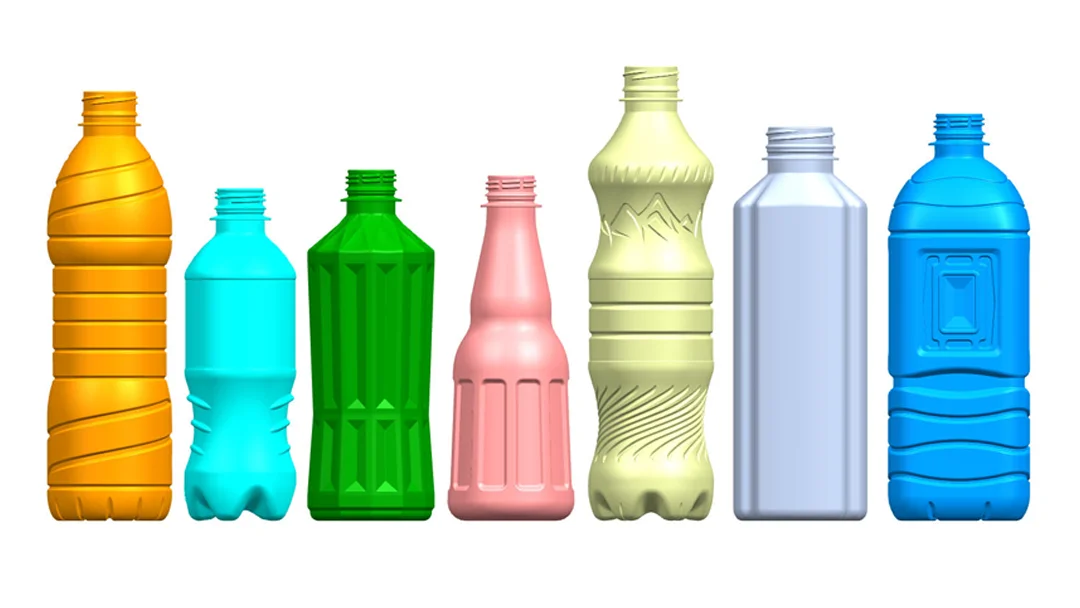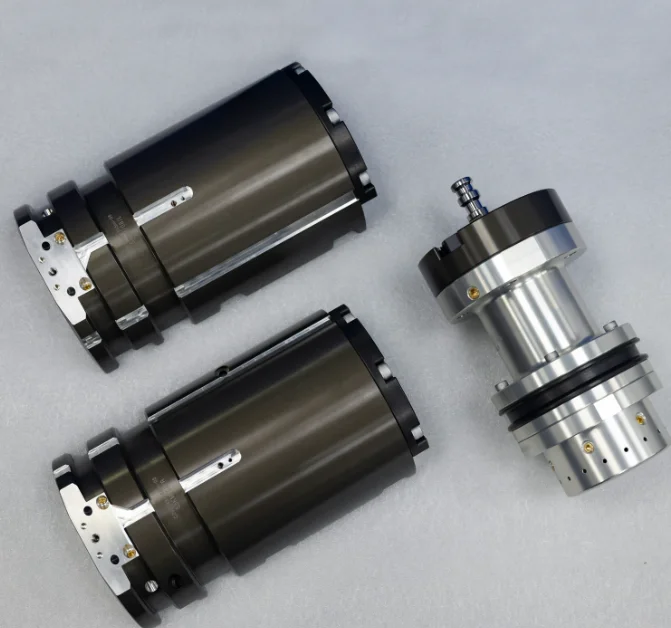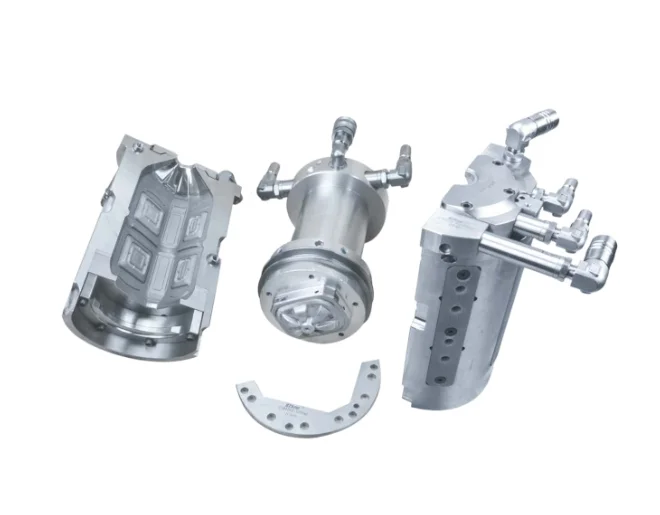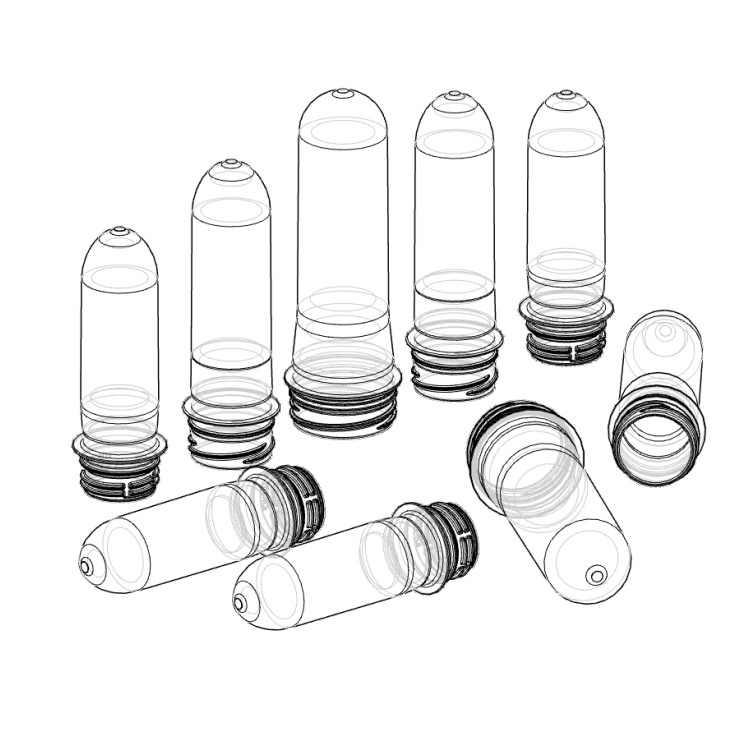How Can Blowing Molding Solutions Improve Efficiency and Reduce Waste
If you walk into any beverage plant, you’ll hear the constant rhythm of bottles moving through the line. The speed is impressive—tens of thousands of units per hour—but behind that speed there’s a quieter story: how the molds themselves keep everything steady. When a mold is designed well, you barely notice it. Bottles come out uniform, waste is low, downtime is minimal. But when molds are off, the problems pile up fast—bottles stick, cycle times drag, rejects fill the bins.

That’s why molds are not just metal blocks. They are the heartbeat of blowing production. And that’s where Foshan BJY Precise Technology Co., Ltd. comes in. Since 2011, this team has been designing and producing PET blowing molds for water, juice, soft drinks, edible oil, even pharmaceutical packaging. They operate out of a 4,000 m² facility in Foshan with precision machining centers, inspection tools accurate to 0.002 mm, and a culture that still values “small improvements that make a big difference.”
What Makes Blowing Molding Molds More Efficient
High Speed Rotary Compatibility
Picture a rotary machine running 55,000 bottles an hour. That’s almost a bottle every 65 milliseconds. At that speed, you can’t afford hesitation. The mold needs to open and close smoothly without extra friction. BJY builds molds specifically for rotary blowers like Sidel, Krones, and Tech-Long. Customers often mention how the line feels calmer with these molds—fewer sudden stops, fewer alarms flashing.
Lightweight Aluminum Materials
Imported aluminum alloys (often A6061 or A7075) aren’t chosen just for looks. They’re lighter than steel, which means easier handling and faster heat transfer. Cooling happens quicker, so bottles set faster, and you can cut cycle time by fractions of a second. Doesn’t sound like much? On a line running 20 hours a day, that difference equals thousands more bottles and a noticeable cut in power use.
Optimized Cooling Channel Design
Cooling channels aren’t glamorous, but they decide whether the bottle wall turns cloudy or stays crystal clear. A balanced water path inside the mold keeps temperatures stable across every cavity. One client in Japan pointed out that after switching molds, they didn’t just save resin—they also saw fewer shape deformations in hot summer runs.
How Do Blowing Molding Solutions Reduce Material Waste
Precision Cavity Machining
Every cavity is CNC machined and polished to microns of accuracy. That might sound like marketing talk, but in practice it means less variation in bottle weight. When bottles weigh exactly what they should, you don’t have to overcompensate with extra resin just to stay safe.
Consistent Wall Thickness Control
Inconsistent wall thickness is a headache. Too thin and bottles collapse under stacking, too thick and you’re literally throwing away PET. By keeping distribution steady, BJY’s molds help you hit that sweet spot where bottles are strong enough without wasting grams of plastic.
Support for Lightweight Bottle Designs
Lightweighting is a hot topic. Supermarkets want thinner bottles, brands want lower resin costs, but production teams fear fragility. With careful design, molds can support lightweight preforms that still deliver stability. BJY has worked on 29/25 neck finishes for water bottles that cut weight yet pass drop tests. That’s where efficiency and sustainability overlap.
Why Is the 555ml Blow Molding Mold Ideal for Beverage Producers
Stable High Speed Production
The 555ml blow molding mold is popular among mineral water producers because it stays stable even when the line is running flat out. Less vibration, fewer stoppages, smoother shifts.

Sandblasted Bottom for Easy Demolding
It might look like a cosmetic detail, but sandblasting the bottom helps bottles release faster. Operators don’t have to fight stuck bottles, and the base looks cleaner. One plant manager joked that their line “finally stopped eating lunch breaks” after switching to this mold because interruptions fell sharply.
Proven Performance Across Applications
This size fits more than water. Producers of juices, sodas, even sauces rely on it. The mold is versatile, so you don’t need multiple sets just to test different products.
How Does the Tech Long Compatible Mold Support Large Scale Production
Plug And Play Machine Integration
The PET blowing mold for Tech Long machines is built to slot in without endless tweaking. When you’re managing a line that might already be stretched, not having to re-engineer everything is a relief.
Resistance to High Pressure Carbonated Beverages
Carbonated drinks push molds harder. Pressure during filling can cause weak spots if the mold isn’t up to standard. These molds are reinforced to keep bottles consistent, even with 3.0 volumes of CO₂ inside.
Multi Cavity Options for Flexible Output
From 6 cavities for smaller runs to 24 or more for major plants, the design scales with your demand. That flexibility is a safety net—you don’t have to reinvest when your volumes grow.
Why Choose the Krones Hot Filled Blowing Mold for Premium Drinks
Durability in High Temperature Environments
Hot filling juice or tea at 85°C is brutal on bottles. Many molds deform over time, which leads to uneven sealing. The PET blowing mold for Krones hot fill systems is built with heat-resistant cavities that hold up against that stress.

Excellent Neck Sealing for Zero Leakage
Neck finish matters. Poor sealing means leaks, sticky labels, and customer complaints. With precise machining, necks stay round and tight, reducing complaints downstream.
Optimized for Juices and Functional Beverages
Functional beverages—energy drinks, vitamin waters—often require both clarity and stability. This mold balances those demands so bottles look good on shelves and hold up during transport.
How Do These Solutions Extend Service Life and Lower Downtime
Wear Resistant Surface Treatments
Surface treatments extend mold life. Instead of scratches and corrosion showing up after a year, these molds keep running smoothly for millions of cycles. In fact, with high-grade materials like ALCOA A6061 or S136 stainless steel, cycle lifetimes can reach up to 10 million shots. This long service life doesn’t happen by accident—it comes from years of process refinement, from polishing to heat treatment, that protect molds against daily wear in high-volume plants.
Quick Change Modular Structure
Lines don’t like waiting. Modular designs mean you can change molds faster—sometimes in under 30 minutes—so production can resume without long gaps. In busy factories, cutting changeover time by even half an hour can translate into thousands of extra bottles per shift. Conversion parts also make it possible to adapt one mold across different blow molding machines, so you’re not stuck with idle hardware when equipment changes.
Reliable Quality Inspection Process
Before molds leave the factory, they’re tested with sample runs. This cuts surprises at installation. Quality isn’t left to chance—every cavity, base, and neck ring is measured with Zeiss coordinate measuring systems accurate to 0.002 mm. Hardness testers, pressure testers, and wall-thickness gauges are part of the routine. These checks make sure your molds don’t just meet drawings, but actually perform as expected once installed. It’s a small detail, but it shows why buyers keep coming back and why downtime drops significantly after installation.
What Makes a Mold Partner a Strategic Choice for You
One Stop Customization Services
Bottle shape, preform design, even closure molds—they can all come from the same supplier. Instead of juggling multiple vendors, you can get a complete packaging solution under one roof. The team also supports refurbishment projects, such as bottle neck changes or preform weight reductions, so your molds evolve with your market demands.
Proven International Compatibility
Whether your machines are European, American, or local Chinese, molds are designed to fit. Compatibility covers leading names like Sidel, Krones, KHS, Tech-Long, Sacmi, and Sipa. Having molds that work seamlessly across these platforms saves you both time and nerves, especially when you manage facilities in different regions.
Dedicated After Sales Support
No mold is perfect forever. Having a team that responds quickly, even across time zones, means fewer headaches. The service philosophy is clear: your demand is our direction, and your trust is our goal. That translates into support during commissioning, on-site debugging if needed, and guidance on maintenance practices that extend service life. Some customers mention emails get answered within hours, not days. This reliability makes a mold supplier more than just a vendor—it makes them a long-term partner.
FAQ
Q1: How long does a blowing mold usually last?
A: With regular cleaning and proper water treatment, customer molds can even last more than 10 years
Q2: Can one mold design work across different machine brands?
A: In many cases yes. With conversion parts, a mold designed for one system can be adapted to another, saving investment.
Q3: What is the average delivery time for a new mold?
A: The standard test mold takes 3-5 weeks, and the non-standard situation depends on the efficiency of coordination with customers. If there is inventory, it can be shipped in about 3 weeks.



